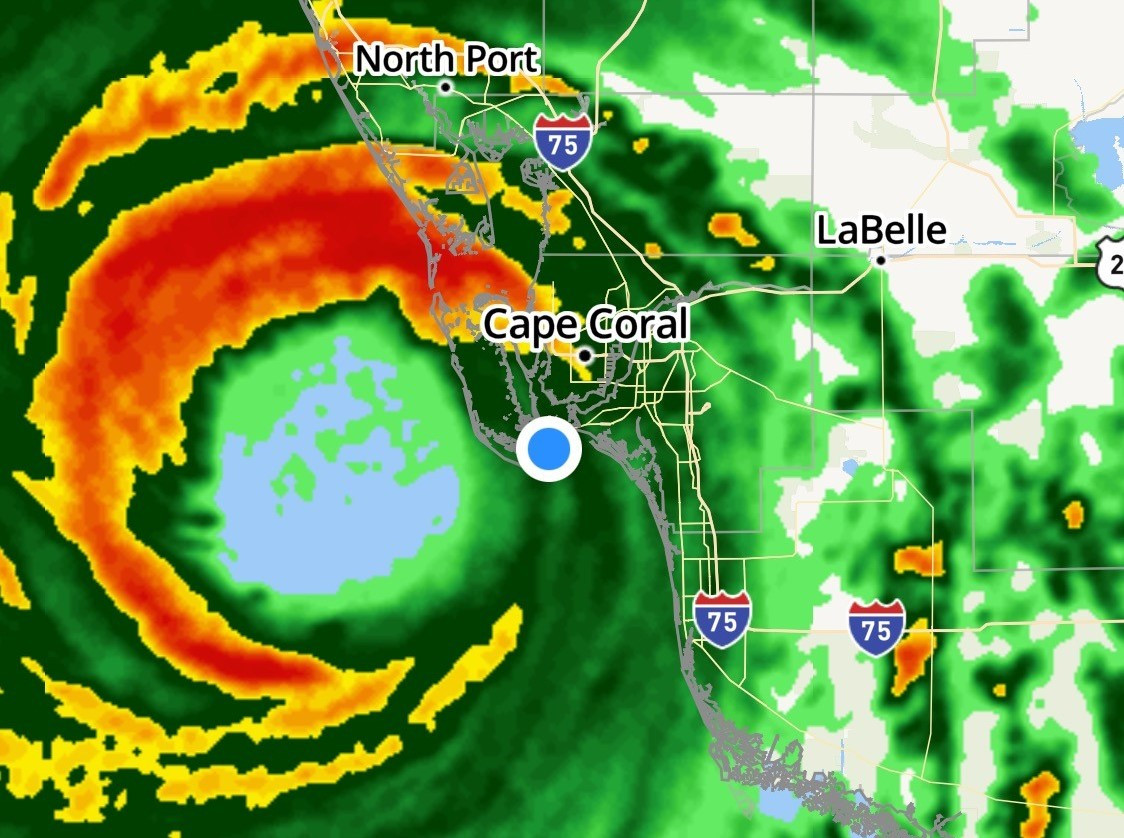On the afternoon of Wednesday, September 28, Hurricane Ian made landfall on the southwest coast of Florida as a Category 4 storm with sustained winds over 130 mph pushing a strong storm surge of sea water onshore.
The first pieces of land to experience the powerful center of this storm were Fort Myers Beach and Sanibel Island.
Sanibel Island is a low-lying barrier island that is about 15 miles long, four miles wide, and home to about 6,400 residents, according to the 2020 U.S. Census. Four of those residents are 1991 AMA Superbike Champion and former MotoAmerica official Thomas Stevens, his wife Linda, and his teenage sons, Brandon (16) and Dylan (13).
And instead of heeding the government’s warning to evacuate low-lying coastal areas of Florida ahead of the hurricane’s arrival, Stevens and his family were some of only a few hundred people, according to CNN, who decided to shelter in place and ride the storm out in their home on the island.
“I’ll never make that mistake again,” Stevens told Roadracingworld.com in a telephone interview October 6. “It was rocking and shaking pretty good. It was as bad as it could get. You’ve seen the pictures on the news. Let’s just say we did a lot of praying, and we normally don’t pray too much.”
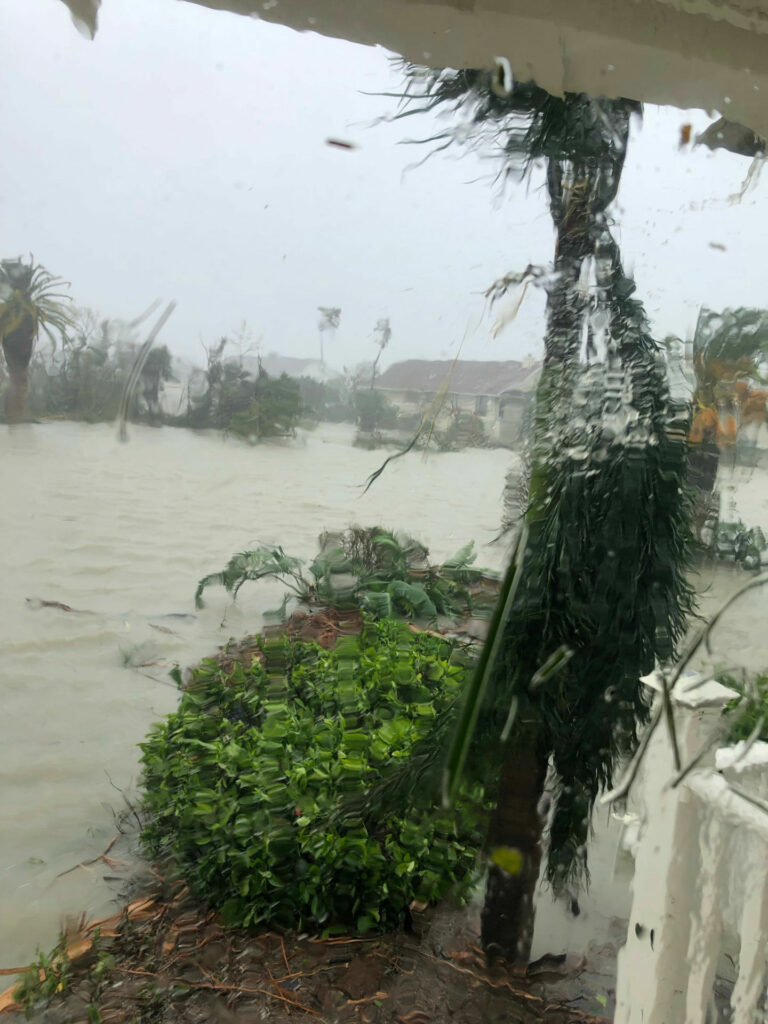
Stevens didn’t make his decision lightly, as he said he had experienced two other powerful hurricanes in the past and felt he and his home were prepared for what was to come.
“I have a two-level stilt home. That’s what most of the newer-construction homes are. There’s no ground level. My house is lifted about 12 feet on stilts,” said Stevens. “I’ve been prepping for a long time. I have a generator that I can plug into my house. I have hurricane windows and hurricane doors. I’ve put a ton of money into my house just so to be able to sustain a storm, because I don’t want to lose my structure. But it got pretty hairy.
“We knew there was flooding coming because we were still getting reports. Then my son goes, ‘Holy sh-t, Dad! Look outside.’ We had six inches of water outside.
“I said, ‘We’ve got to get the generator.’
“So, we ran downstairs, because the generator was running outside. I grabbed my generator and by the time I got it in the door of my (ground-level) basement there was two feet of water. By the time I got it around and inside we had three feet of water outside and eight inches of water in my [ground-level] basement. But we had to save the generator.
“At about that point, my garage door gave way, and the five feet of water that was outside came inside. But we got the generator upstairs (and out on a porch when running), and I had 20 gallons of fuel.
“Then, the water got really high and submerged our vehicles downstairs. It was pretty hairy at that point. We didn’t know how high it was going to go.”
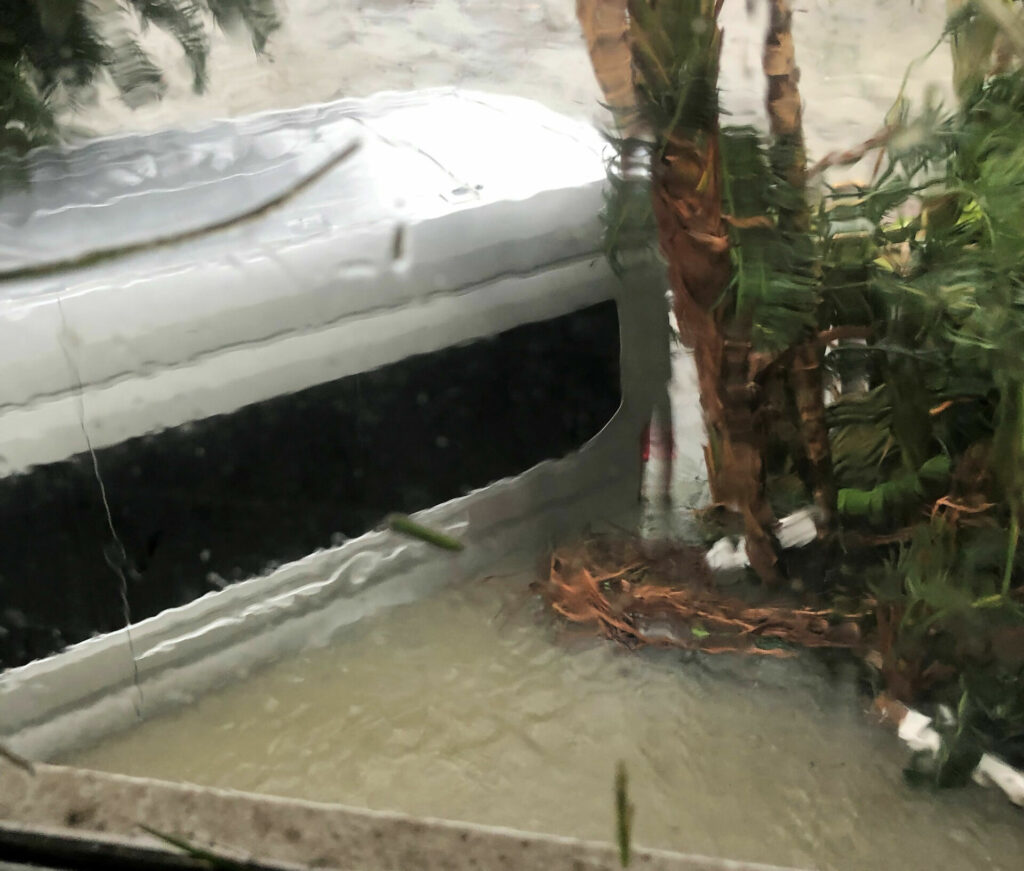
After several tense hours, “Good things started happening,” said Stevens. “We were looking at the water [level], and my son goes, ‘Dad, I think the water’s going out a little bit.’ And sure enough it went down about two inches and it kept going down. So, at that point we knew we were going to make it.
“We went to bed, but I didn’t sleep real good that night. Early in the morning I got up and looked outside and I could see dry land. Then once it got light outside, we got up and started riding our bicycles around the island to see if anyone needed our help.
“We found this elderly couple. They were sitting on their steps in a daze. They asked if we could move the 6 x 6 (-inch) post that had busted through the windshield of their car before it busted through the back window.
“I just looked at her and said, ‘Ma’am, your vehicles are no good anymore.’
“She said, ‘How are we going to get out of here? I could just drive us out.’
“I said, ‘It’s not going to start, and you do realize that we don’t have a causeway anymore, right?’”
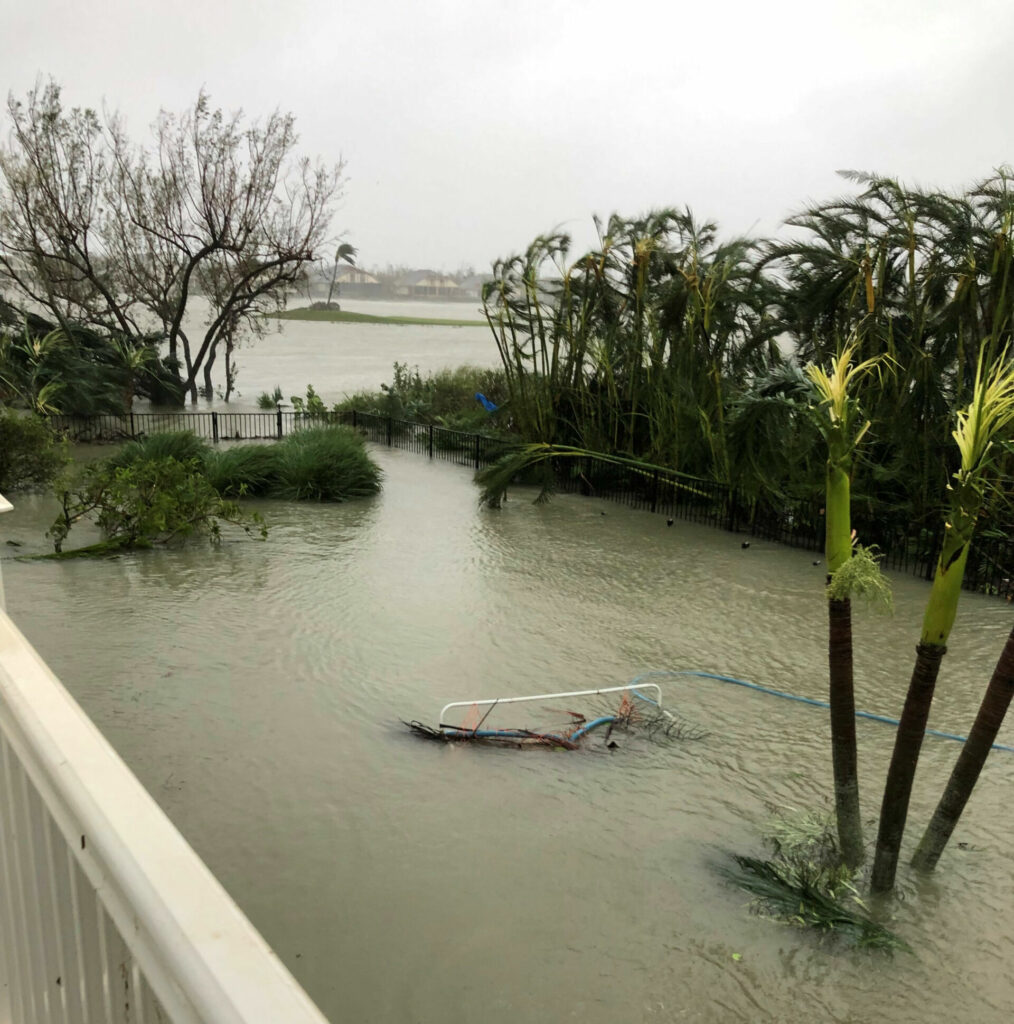
What Stevens was referring to was the one and only causeway, a raised road with a series of bridges, connecting Sanibel Island with mainland Florida which had been washed away by the storm in multiple spots, leaving the island physically cut off.
The next day, Friday, September 30, the Coast Guard started doing search and rescue runs to the island using helicopters.
“They landed on the golf course, so we went over and talked with them. They were looking for people to evacuate,” said Stevens. “It was pretty cool. We were riding our bicycles back to the old couple’s house, and they were following us, flying 60 feet above us in their Blackhawk helicopter. The couple was still sitting there with half their roof missing.”
Stevens said once they helped evacuate people who needed it, they returned to his home and prepared to sustain themselves for as long as they could.
“A lot of my dirt bike riding stuff came into play,” said Stevens. “I have a solar shower to clean up after I ride and before I get back in my van for a six-hour drive home. Then in my van I have a portable potty. So, we brought that inside and used that because you couldn’t use the toilets.
“Racers are pretty prepared when it comes to having stuff, and I’ve been pretty prepared for a long time.
“Finding water was a big deal. I was able to get a neighbor’s jacuzzi going so I was able to sanitize the water in that so we had water. We went over to another neighbor’s house and his refrigerator was on its side, but the sea water hadn’t got inside. So, we took all his T-bones and steaks out of his fridge because that was all going to go bad. So, we ate every day. When you have power life is good, and when you don’t have power it’s pretty tough.”
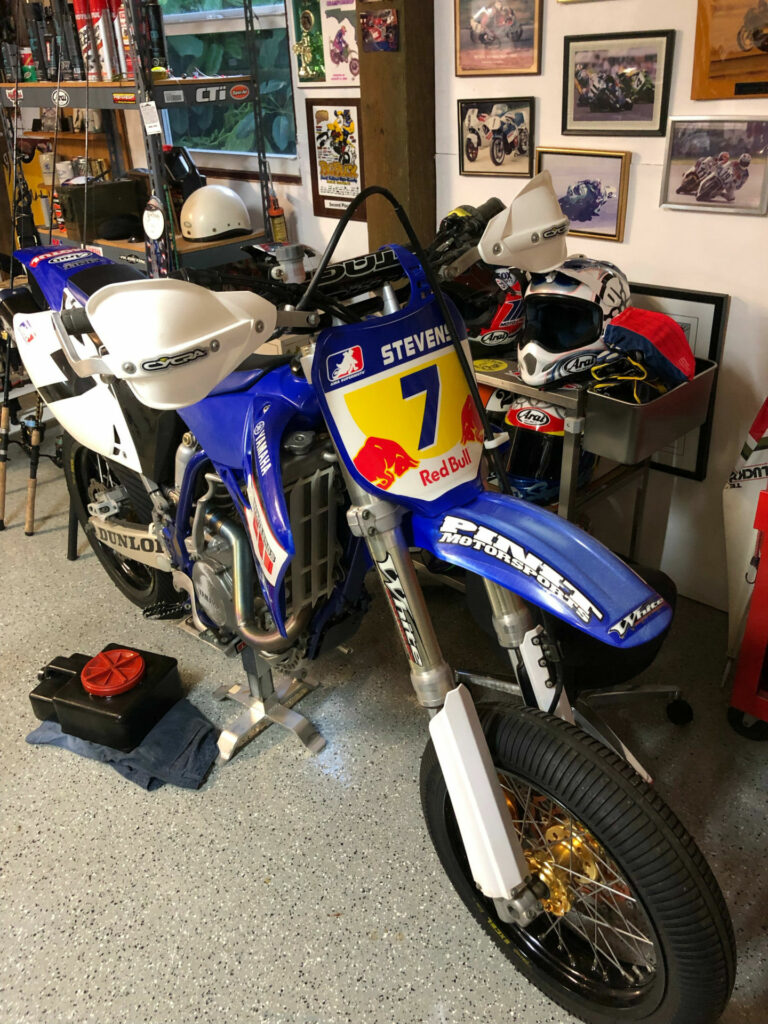
Stevens and his family spent most of their time over the following days cleaning up the damage to his home, which was mostly limited to his ground-floor “basement.” Unfortunately, that area of Stevens’ house stored most of his stuff, including a Yamaha YZ450F supermotard bike that he had just fixed up to sell, his 2021 Yamaha YZ250 two-stroke motocrosser, most of his memorabilia from his Pro racing career, and a classic Jeep he had fixed up.
“That one hurts,” said Stevens, “but all that stuff is replaceable.”
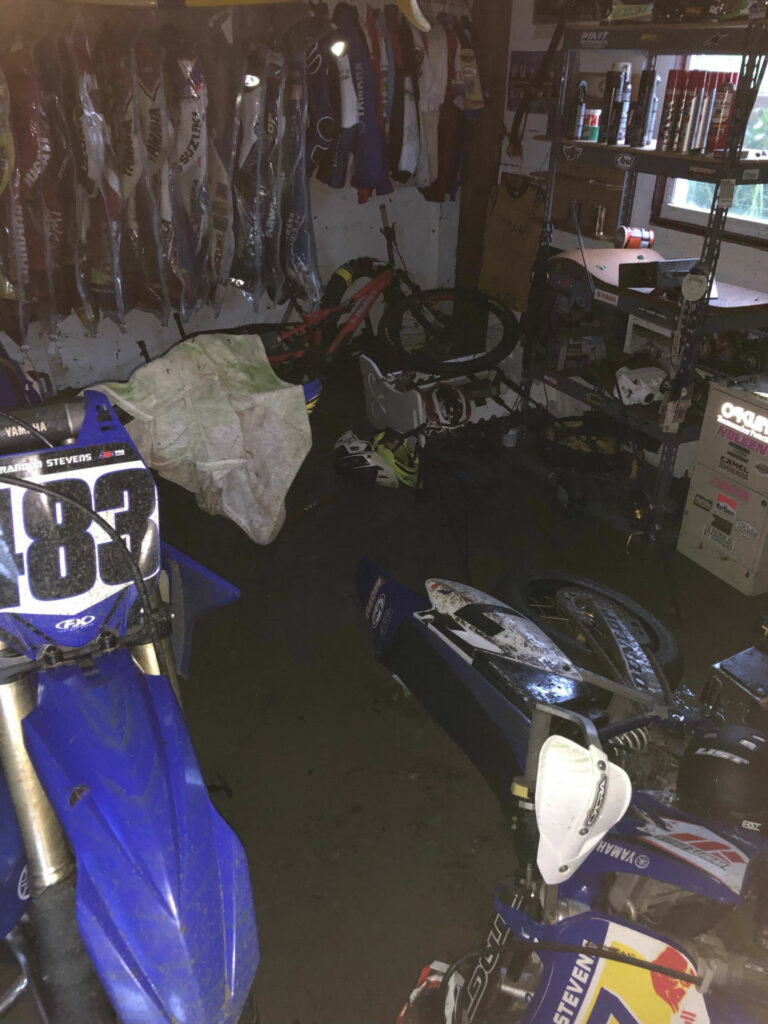
Stevens and his family left Sanibel Island by boat on Wednesday, October 5, the same day President Joe Biden and Florida Governor Ron DeSantis visited the region together, and temporarily moved in with his in-laws. But he plans to return to the island on this weekend to continue cleaning up his and his neighbors’ homes.
“The Governor said the priority now is to get the causeway open again by the end of the month,” said Stevens. “’Whatever it takes, we’re going to get it open by the end of the month,’ he said. When that happens, they can get some heavy equipment in and start with the real cleanup.”
Asked how long he think it will take before things are back to normal on Sanibel Island, Stevens said, “Two years.”






